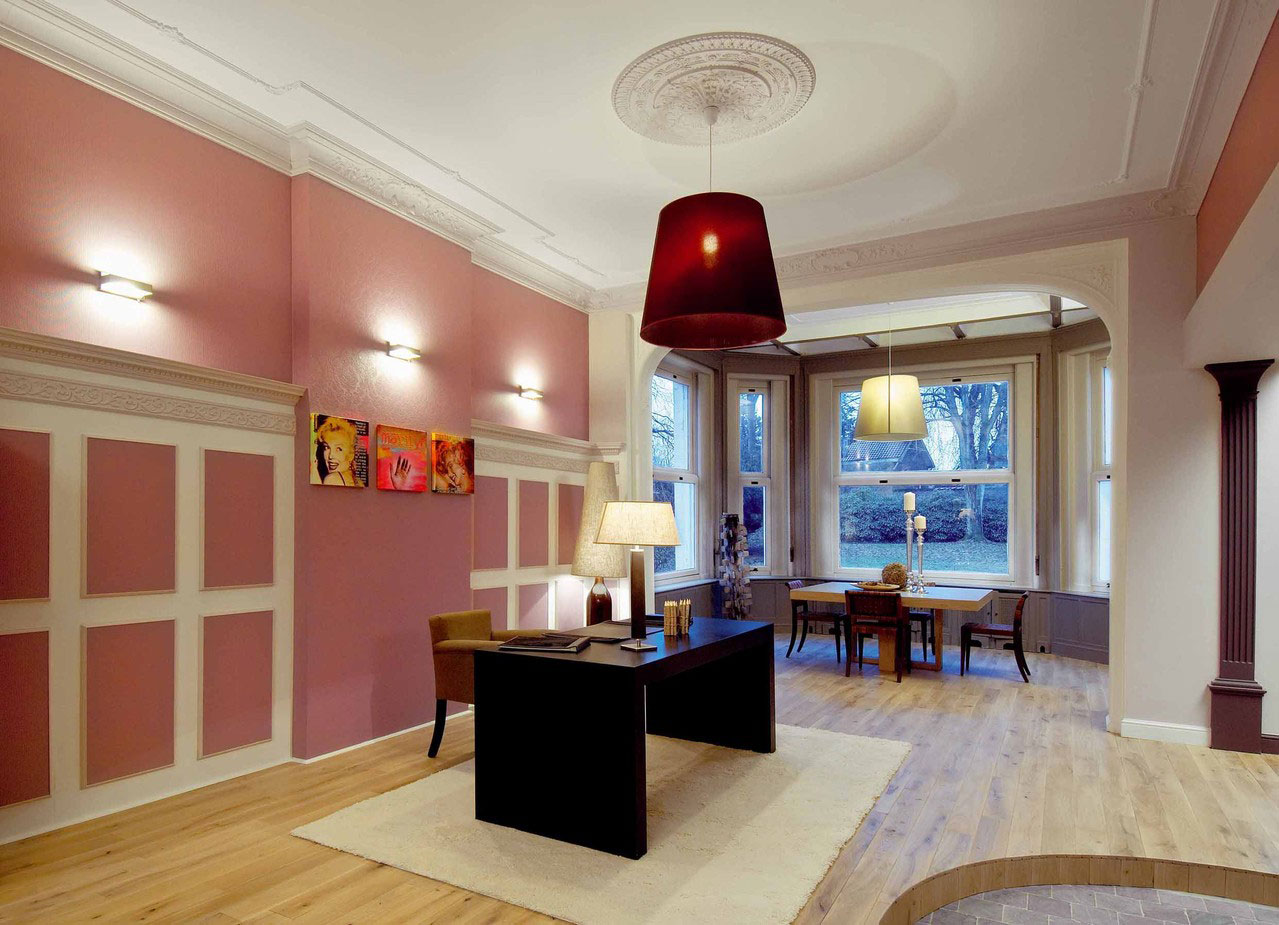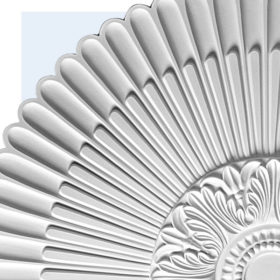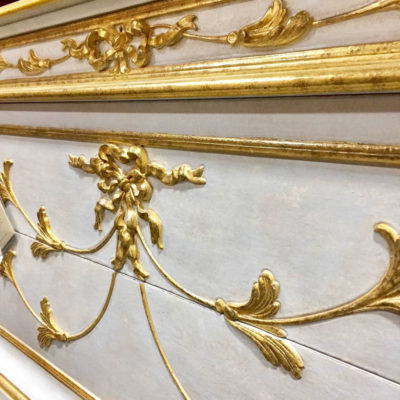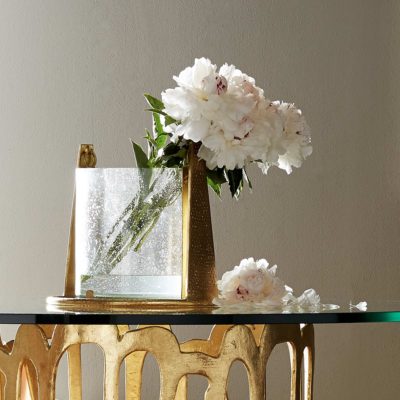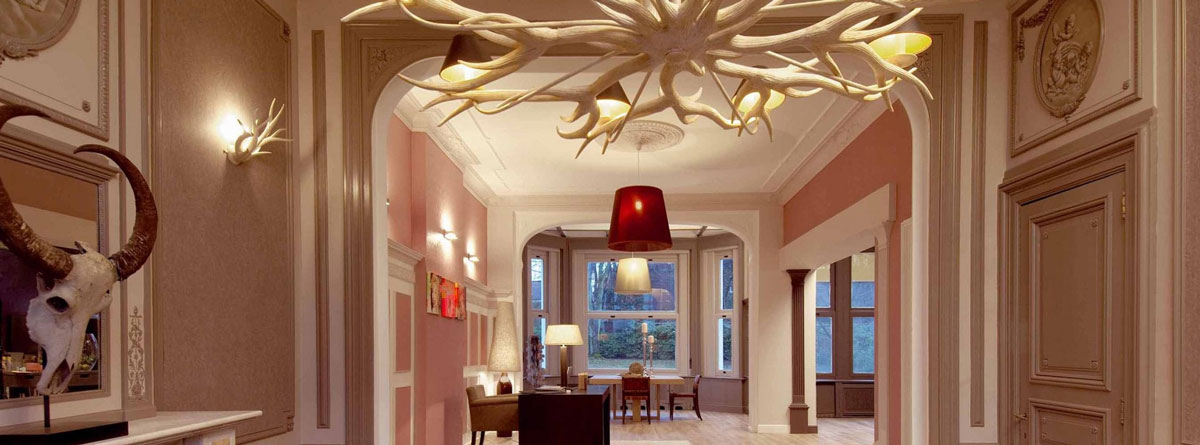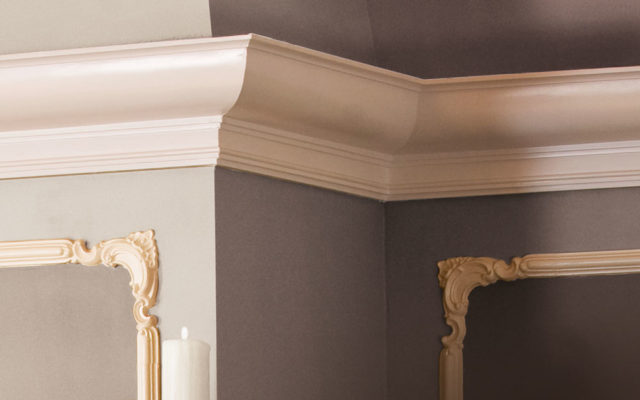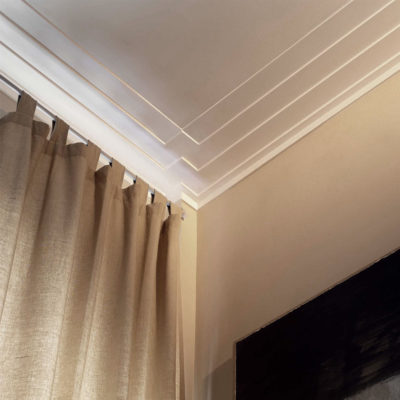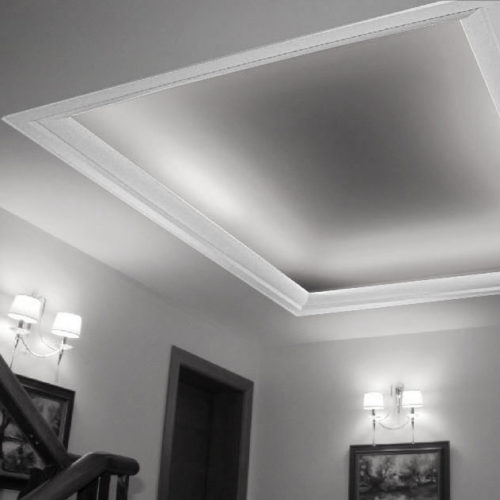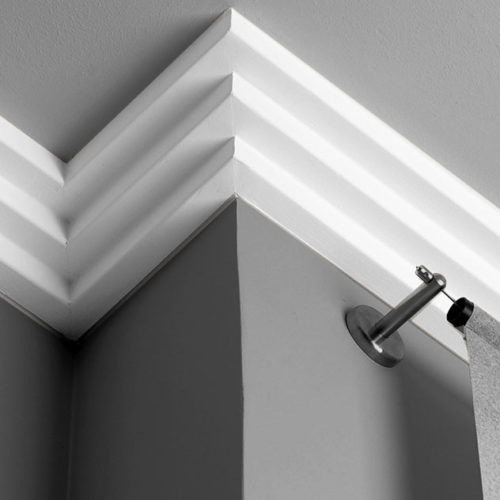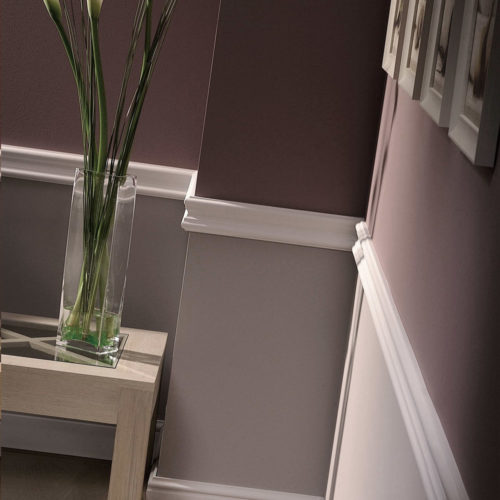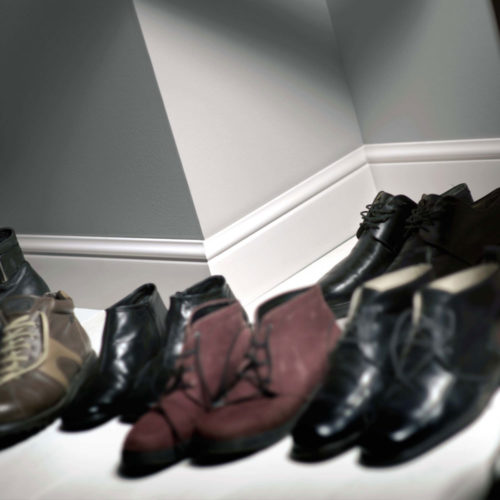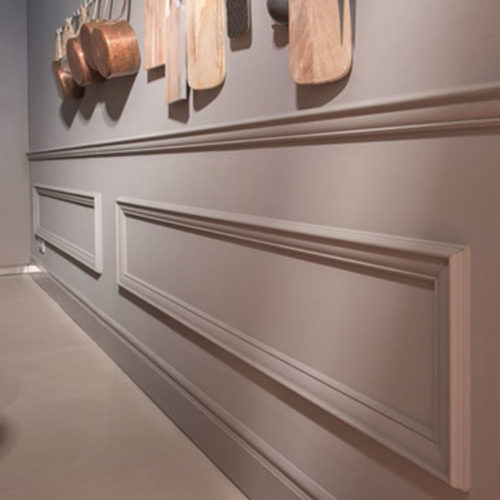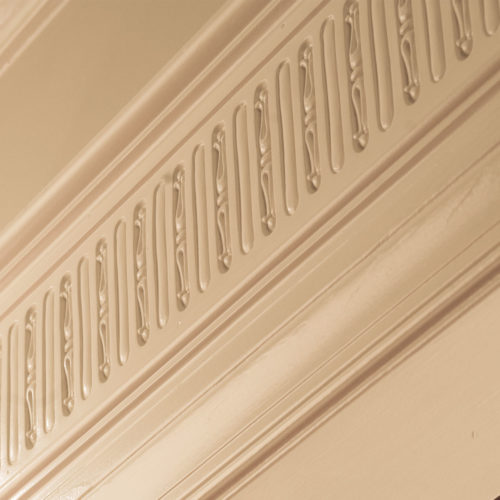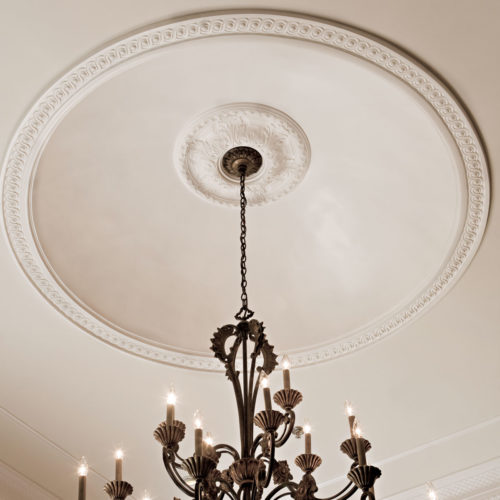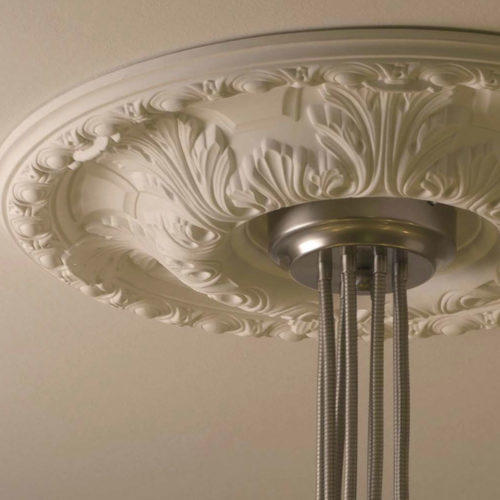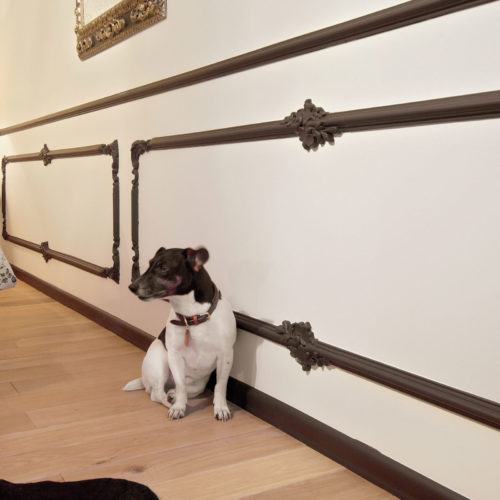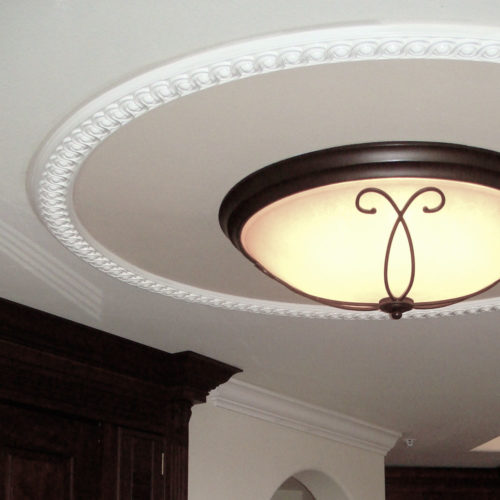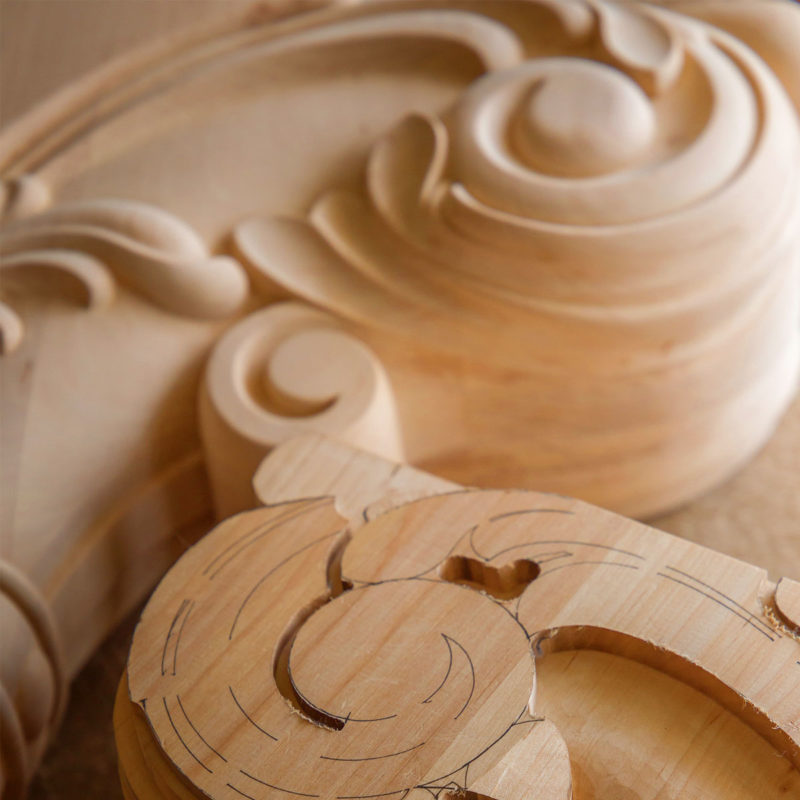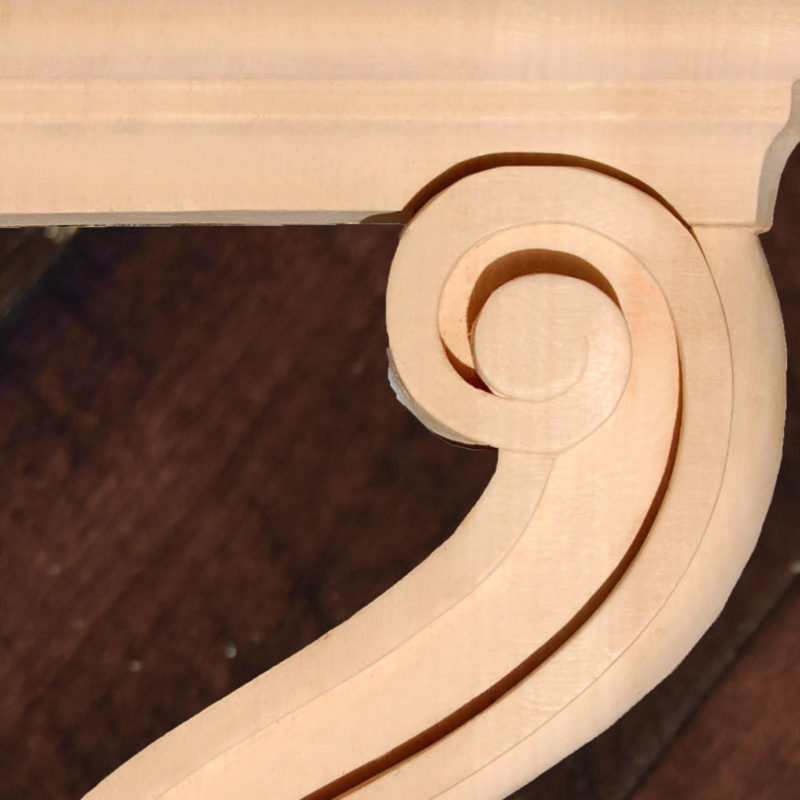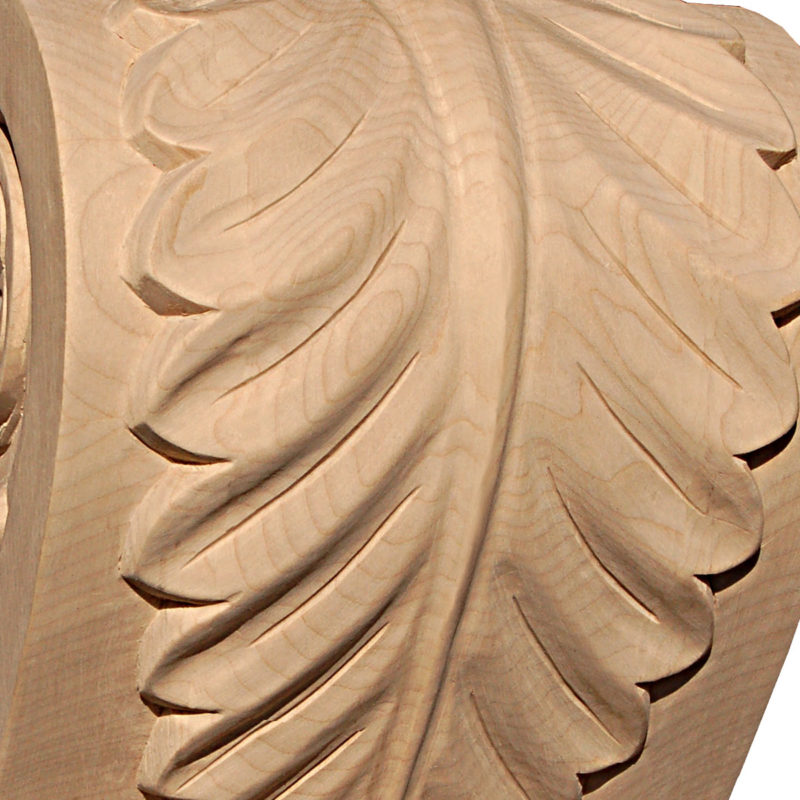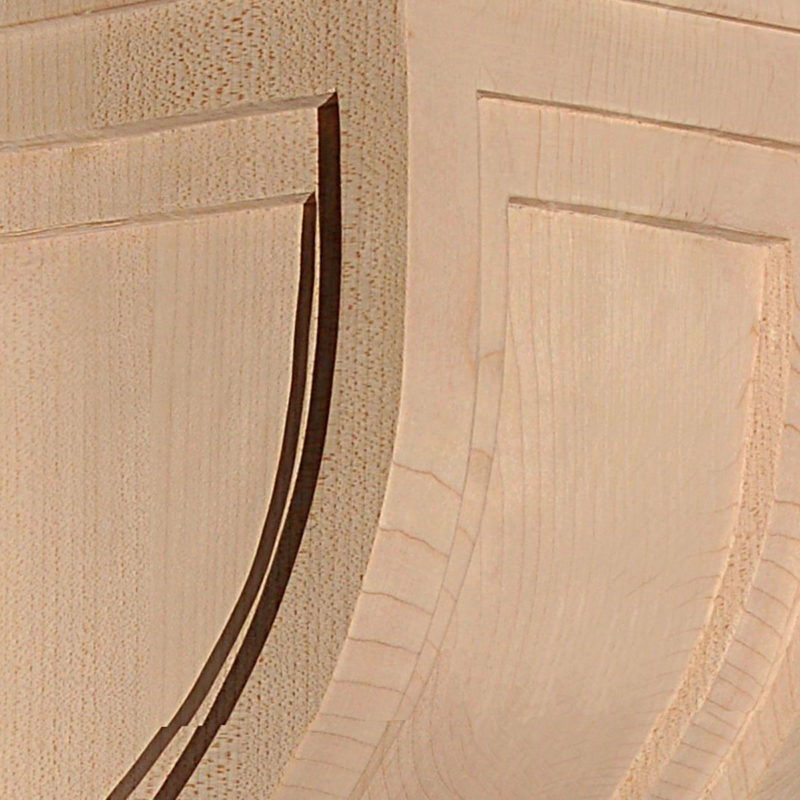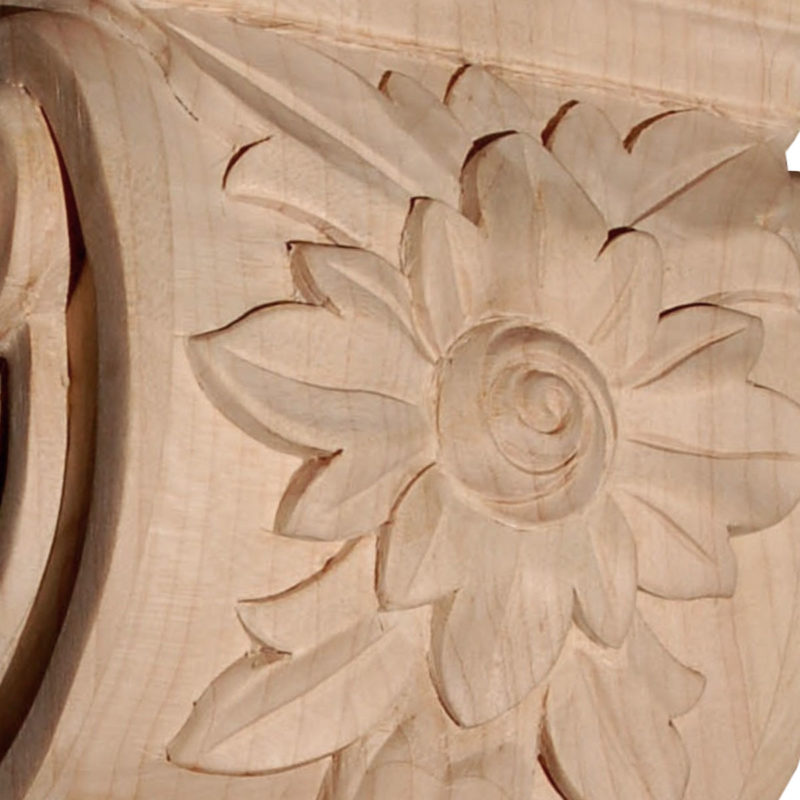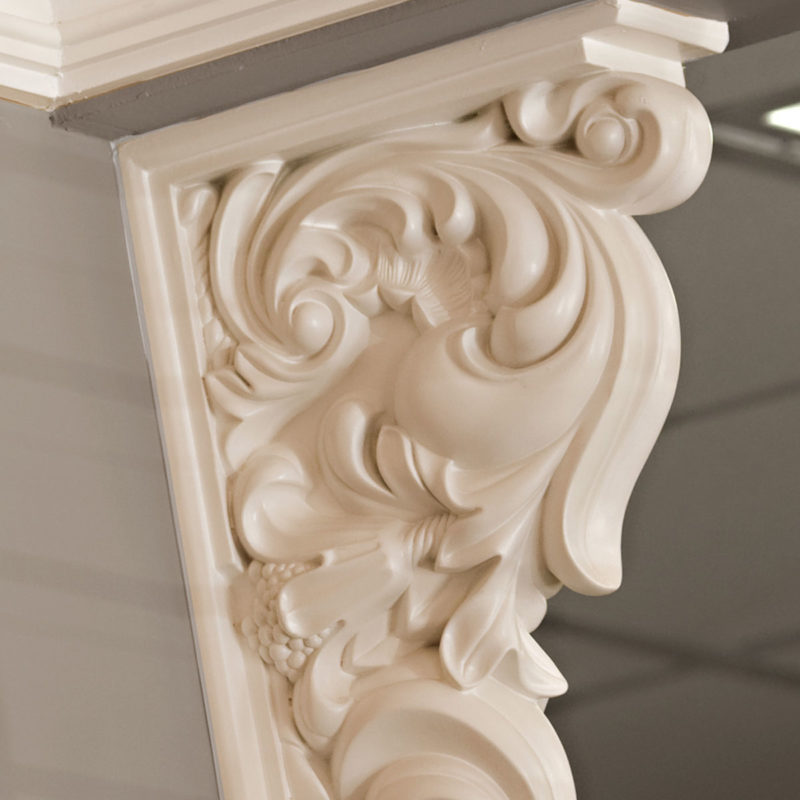architectural details
Naked Interior Syndrome and Architectural Details
MANY HOMEOWNERS PLAGUED BY “NAKED INTERIOR SYNDROME”
InvitingHome.com offers an antidote: dress up your home with architectural details
The design professionals at InvitingHome.com have a suggestion for today’s homeowner: “Close your eyes and visualize the interior of your home in its present state. Now, imagine your home stripped of your possessions, with no furniture, nothing on the walls, no window treatments…visualize your home stark naked. What do you see? What does the space convey to you, how does it make you feel?”
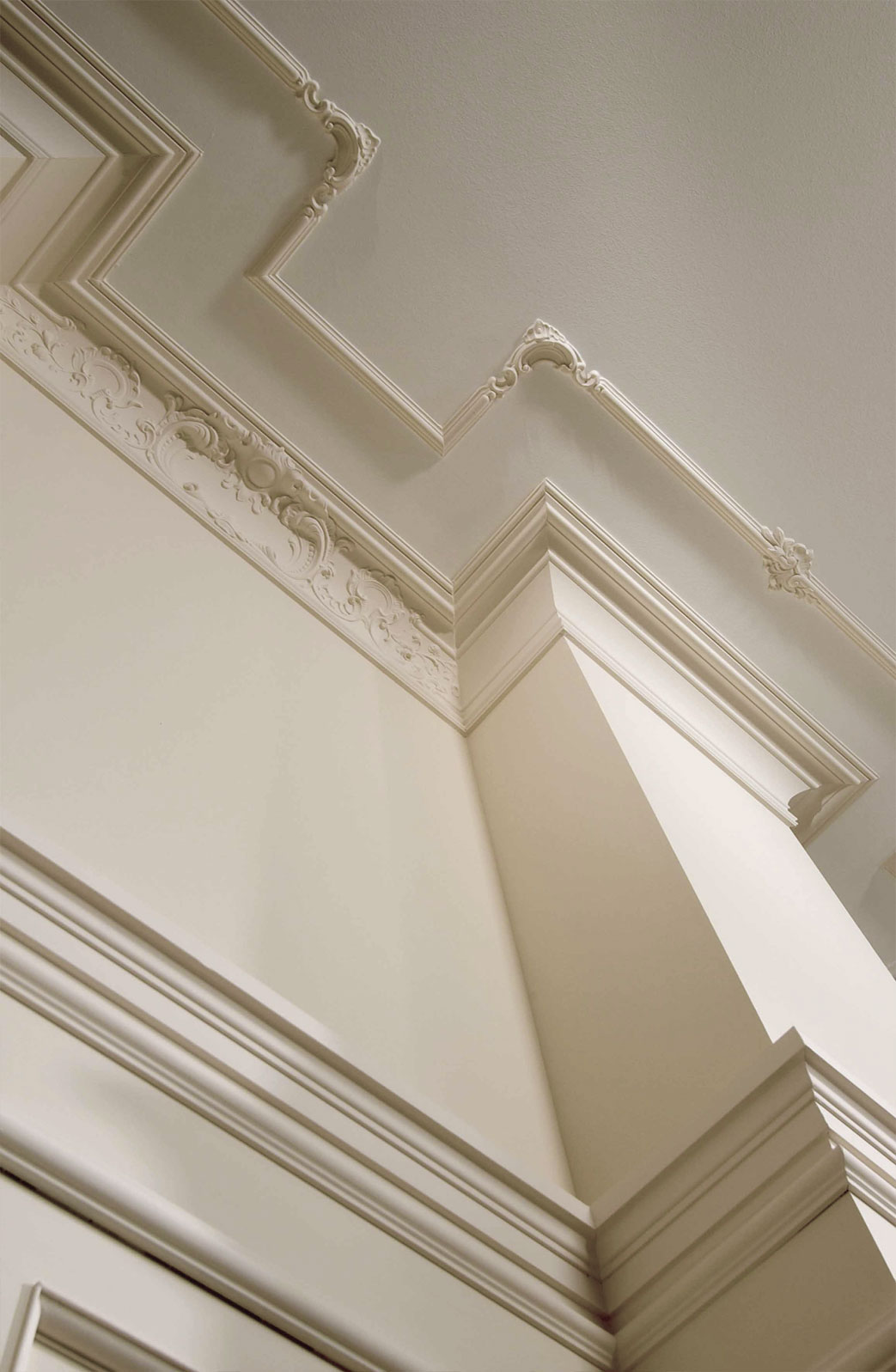
Homeowners who visualize a featureless, interior space absent of character, devoid of life, vacant of any sense of vibrancy are then diagnosed as suffering from an acute case of what these design professionals jokingly call “Naked Interior Syndrome.”
Although the syndrome is a product of the imagination, today’s multi-billion dollar home improvement market is a reality. Even more indisputable is the scores of homeowners who drive the market in their relentless quest to impart their homes with a persona that reflects their own unique tastes. So, how does a homeowner begin to create such a lasting impression? “Character and interest lie in the architectural details of the interior,” says one design professional. “One of the easiest ways you can dress up your interior is through incorporating some well-placed architectural details; these are elegant ways to give your home a distinctive look and feel.”
Architectural details is an umbrella term used to describe a range of decorative architectural products ranging from smaller-scaled wood carvings such as rosettes to decorative friezes, functional wall niches, to the substantial columns traditionally associated with ancient civilizations. In recent years, corbels have become increasingly popular amongst homeowners looking for an independent, decorative element that packs a much-needed punch in their decor.
Learning About Architectural Details
Wood carvings and the application of carved wood onlays, which include scrolls, drops, swags, and rosettes range from the diminutive to the bold. These elegant trimmings add interest as focal points and elevate ordinary interior elements to something remarkable.
Adding architectural wood carvings is a simple way to embellish any existing woodwork anywhere. Even the simplest wood carvings can dramatically change the look and feel of a room. Some popular spots to apply these onlays are on kitchen cabinets, on staircases, fireplace mantels, doors, doorways, or any other place that could benefit from a little added interest.
Wood carvings are the adornments; the little accessories that really make it look unique. Spruce up the corners of windows and door casings with rosettes, and it’s easy to see how prettily they punctuate where one room ends, and the other begins.
“When homeowners are first introduced to wood carvings and their ability to transform, you can almost see something go off in their eyes, as if all of a sudden, a new idea has sprung in their minds. I know that they immediately go home and look at their interiors in a new way; they go home and look around and start embellishing their spaces mentally.”
In a way, learning about architectural details and then going back to your architecturally detail-less home can be a somewhat uncomfortable experience. Gradually, a general feeling of self-consciousness begins to creep into the psyche: have you ever had the dream where you are out in public, and you suddenly become keenly aware that you are stark naked? It is that sensation of being caught in a state of bareness, of the embarrassment that comes with the traumatic knowledge that others have noticed something evident about you that you have never noticed yourself. Call it a very sudden onset of homeowners’ self-awareness, and with all of the effort today’s homeowners put into making their homes reflections of themselves, this realization can be somewhat painful.
“Naked Interiors Syndrome is often treated superficially,” says the Julia Delaney with a tone that is half-joking, half-serious. “Everyone can relate to attempts made in trying to create a mood in a space through just the use of furnishings and decorative accessories. While the homeowner may succeed in filling the room with “stuff,” all he or she really succeeds in doing is glossing over the issue with vanilla frosting. Real substance lurks beneath it all. If you take it all away and are simply left with an empty, featureless room, you realize that there was never any real substance to the character of your home. This is a classic case of Naked Interiors Syndrome.”
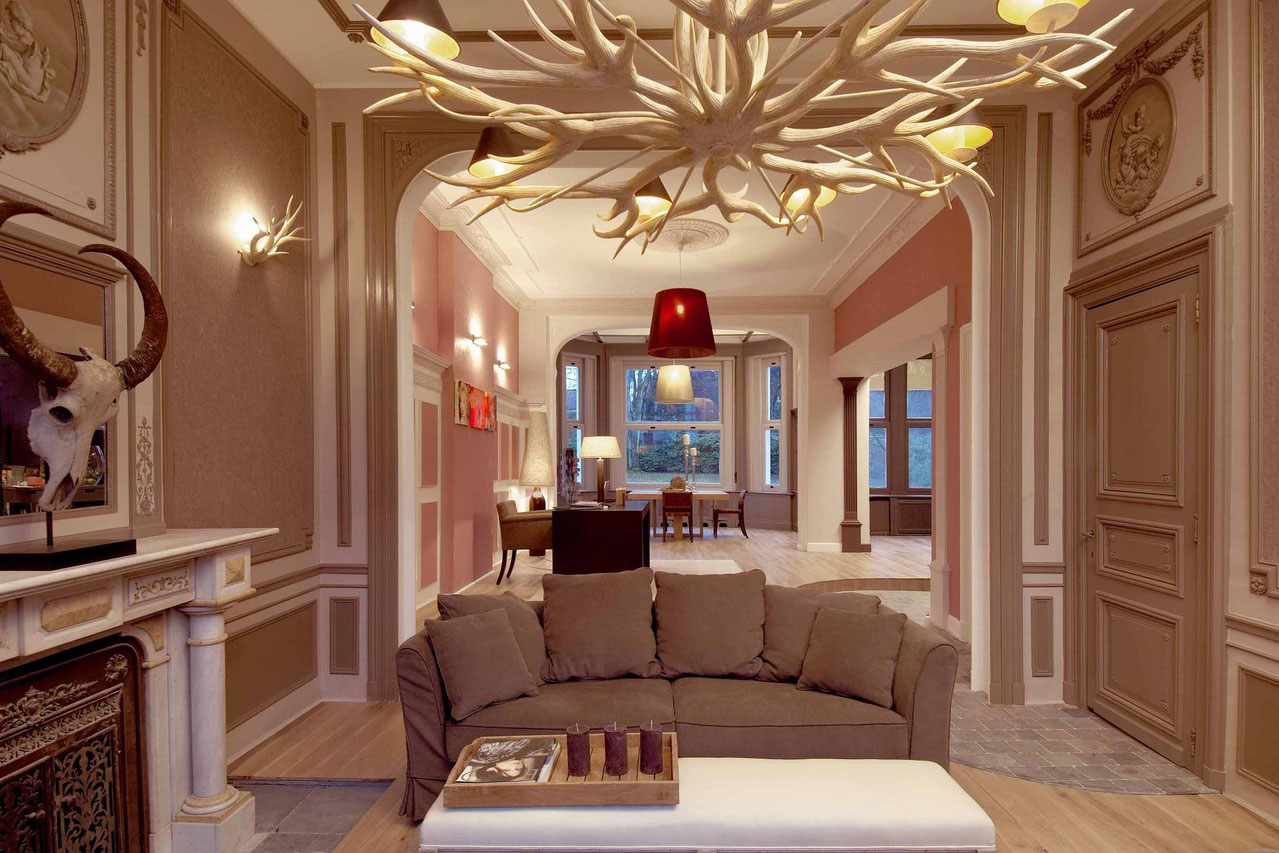
Homeownership as a Vehicle for Creativity
The most significant investment anyone can make in their lifetime is the investment into homeownership. Owning your own home is the bottom line, whether you plan to live in it for the rest of your life, or you plan on selling it at some point during your journey. However, the real estate market can sometimes resemble a game of strategy; the best course to take is to buy at the right time. The name of the game is to get the most house in the best neighborhood for the best price and to sell at a time in the market when you can make the biggest profit. One of the best ways to increase your home’s value is through improving it, not only its outward appearance but improving it from within.
“Architectural details have been proven to not only increase the value of a house but also have been known to sell houses more quickly than houses without them,” said the designer. “This fact, in conjunction with the reality that you actually live in the house is all the reason any homeowner needs to invest in these architectural details.” This concept becomes true to life when you consider the realities: imagine what you hear when you walk through an empty house; you will probably hear some sort of echo. These sounds created by the reverberations of unabsorbed sound waves bouncing off of barriers tend to have a very lonely, cold quality to them. And when you are selling your home, empty home with a remote, cold depersonalized quality is going to be a much harder sell than an empty one with a warm, inviting quality, due mainly because of its architectural details.
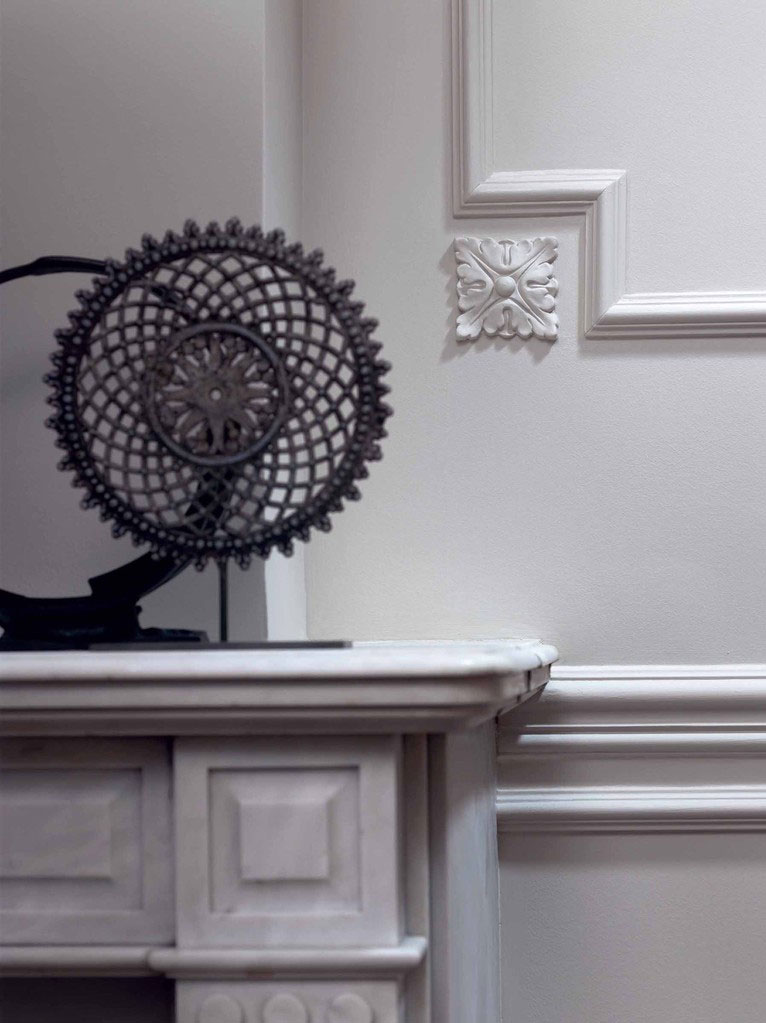
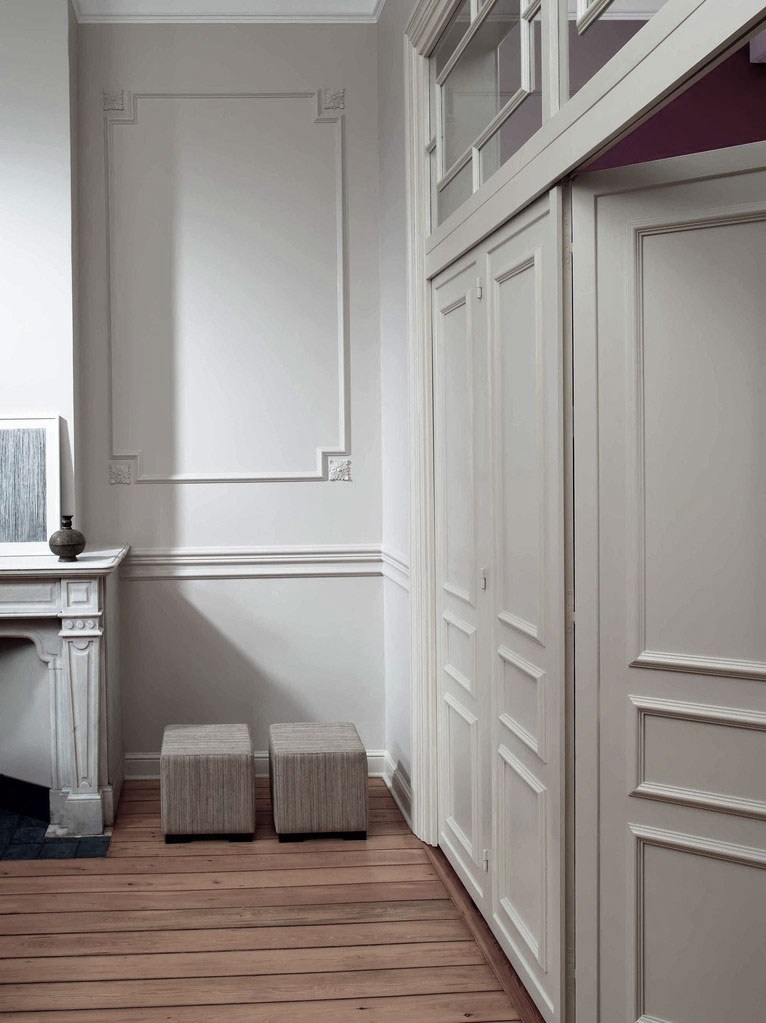
Adding a layer of warmth with moldings
The most basic of all ways to add architectural details and a layer of warmth to your naked interior is through the use of moldings. Moldings are the tried-and-true salvations of the naked house; they are like the classic t-shirt and favorite pair of jeans: utterly indispensable to the home’s look. Once moldings are installed in the home, appearances become clearly defined, and the eye can suddenly differentiate between spaces. Moldings have a range of uses and applications: crown molding, baseboard molding, chair-rail molding, panel molding, and the ultra-decorative frieze molding.
Moldings are also a vehicle for creativity; experimenting with paint treatments and finished can really amp up the homes look to one that is distinguished and fashionable. A great look can be achieved by applying a textured or graphic wallpaper inside the panels created by panel moldings; a homeowner can create a design accent that is sure not to be found anywhere else.
Moldings are often used to create optical illusions or to disguise flaws or other unsightly elements. By installing a crown molding that extends more along with the ceiling rather than down the wall, an illusion is created to make the ceilings appear higher than they really are. Other specially designed moldings can cover plumbing pipes or odd gaps in the structure of the house.
Adding Architecture to the Ceiling
The ceiling is what designers call “the fifth wall,” and sadly, the ceiling is the most neglected “wall” of all. “The ceiling is usually an afterthought for most homeowners,” confirms the designer. “It really is puzzling. The ceiling is the first thing one sees when you wake up in the morning. Too many homes have this blank, white stretch of space on top that is just visually numbing.” It’s true; enter any home, and you will see that the ceiling is usually painted white, even when the walls are painted a cheerful or vibrant color, which makes the contrast all the more obvious. A featureless ceiling is a visual plague; similar to the arguably distasteful appearance of a wall to wall carpeting installed throughout a home. The designer continues, “The lack of interest in the ceiling is like this hidden epidemic. It’s hardly ever addressed.”
When the ceiling design is addressed, some homeowners simply paint the ceiling a hue that is two shades up from the color of the walls. Other homeowners go the route of enhancing the ceiling with murals, a la Sistine chapel style. One much less-in-your-face route of adding grace to a featureless ceiling is by the addition of ceiling medallions, or if drama is more your style, with the installation of ceiling domes, with or without indirect lighting. Designs for ceiling medallions range from elaborate floral to the symmetrically modern, giving the homeowner yet another opportunity to sharpen the look of their home.
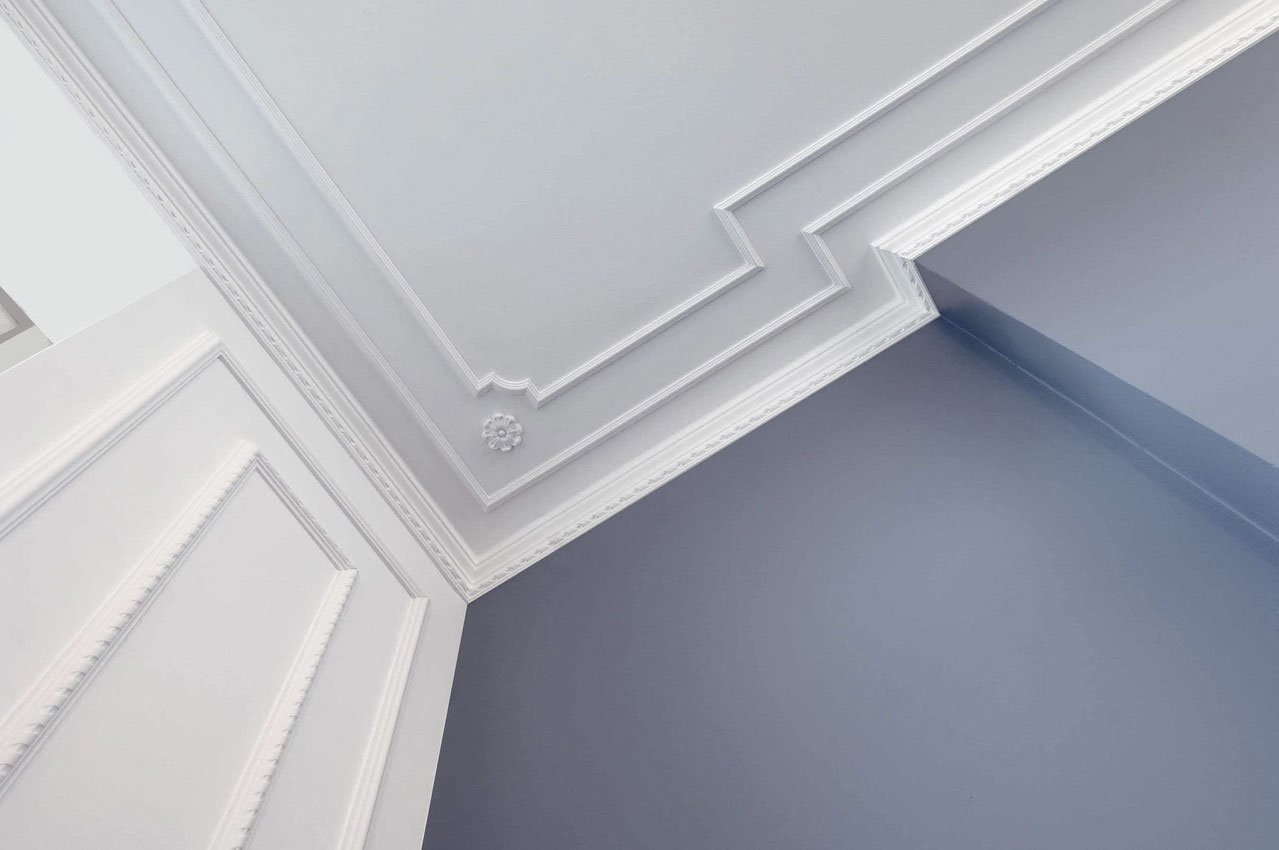
Creating Architectural Details for the Walls
Additional distinguishing factors that separate the naked interior from the well-dressed interior build in elements that give character, such as cupboards, cabinets, and recessed sections of wall otherwise known as wall niches. Wall niches are elements purely meant for decoration; they are the built-in versions of pedestals meant to display objects d’art or treasured pieces from a personal collection.
Wall niches and other types of built-ins are the types of features that give a home a boost in the character it exudes. “And even if your home doesn’t have any built-in features, a homeowner can easily integrate them into their home. Wall niches, for example, are cost-effective and easy to install. Plus, wall niches generate a response, both in their visual impact as well as the emotional response from the homeowner, since wall niches are often used to highlight decorative objects of a personal nature,” adds the designer.
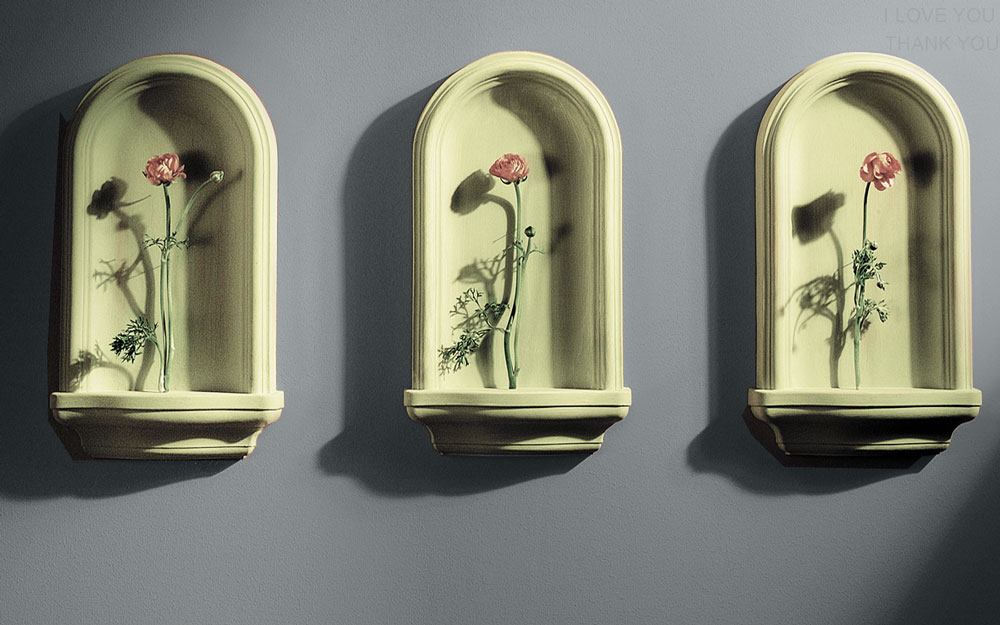
Corbels as a Functional Architectural Detail
The surge in the corbel’s popularity indicates the formation of a trend, and the trend indicates that modern corbel often appears in the hub of the home: the kitchen. Corbels are frequently spotted underneath the overhang of the countertops and alongside the hood of the stoves. Corbels are often spied alongside a fireplace mantels. And corbels nestled into the corners of doors and entryways have become a popular place for them to reside.
Corbels certainly add depth and another layer of interest to a home’s interior architecture, but it is the full range of designs and the carvings available that truly fuels the trend. “The range of designs and styles, the warmth and detail of the carvings themselves, makes it possible to highly customize your home decor, to truly make the space a reflection of you and your tastes,” explains this designer. And so it is not off the mark to say that just like the circular pattern of fashion trends, corbels and architectural details share a common thread: everything old is new again.
Traditionally used as a supportive element for various architectural structures, the corbel’s utilitarian use saw that its decorative applications were frequently more of an afterthought. Today, thanks to the structural soundness of modern buildings and the strict codes to which they are built; the decorative application of corbels is experiencing something of a revival.
But despite their modern makeover, the corbel must keep true to its original roots: while the modern corbel may not be as supportive as its predecessors, it is imperative that the corbel appears as if its application is as being an element of support, otherwise it will simply look silly. The corbel must look as if it serves its pre-determined purpose; and if it doesn’t appear to have one, then the corbel will look as inappropriate as a tuxedo at a funeral. “Corbels are special details that add a refined touch of class to the home, and should always look the part. Today’s decorative corbel is meant to enhance and accentuate what is already there; similarly as to what the push-up bra does for the woman who wears it,” says this designer.
Architectural Details as the Home’s Layers
If architectural accents can be thought of as the layers making up a home’s image, then columns and pilasters can be thought of as the home’s version of a power suit. These impressive architectural details are not for the fainthearted, as they can hardly be thought of as creating a subtle impact. Traditionally associated with the power of ancient Greece and Rome, today, more often than not, columns are readily spotted outside of government buildings and grand, stately homes. However, columns and pilasters can lend their looks of tradition and dominance to the interiors of the average homeowner.
“One prevalent trend in home design is the concept of the open floor plan. Lofts and wide airy spaces are all the rage right now, but despite this, some homeowners still want to create a separation from one part of the space to the other, without losing the overall airiness of the open-floor concept. One way to create this separation is by strategically placing columns to create this separation, this way, the open floor plan is maintained, and each section of the space is clearly defined by the columns, says the designer. “And because of the general public’s associations with them, columns bring a lot of substance to a home’s interior.”
The French call it “je ne sais quoi,” which roughly translates to “that certain something.” It is not enough for a fashionable person who always appears pulled together to be bestowed with je ne sais quoi; there is always something else about them, perhaps something about the way they walk. It is the elusive element; the mystique or aura that someone or something possesses, some sort of charm that you cannot quite put your finger on.
The well-dressed home, rich in architectural details, certainly possesses this mystique. And so it seems that Naked Interiors Syndrome isn’t so fictitious after all. “The InvitingHome.com website is designed to enhance the image of the home. We want today’s homeowner to use our website as a resource for achieving the look they want for their home. Think of InvitingHome.com as an online, personal stylist for today’s inviting home,” says this designer.
